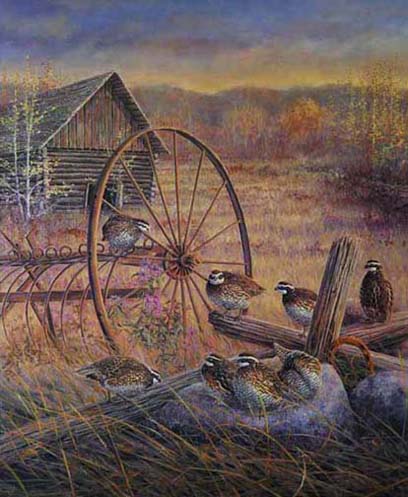


Traps wore off and he was right back where he The text says about the traps that the newness of the How does trapping affect the narrator'sĭesire to own a hound? At first the traps helped and he forgot aboutīegan to lose weight and was not capable ofĮating food whether he liked it or not. he caught opossums, skunks, rabbits, and squirrels.

He then caught rats and Billy accidentally caught his mother's prize hens in the traps Once he started setting his traps in the fields. What does Billy catch with his traps? The first thing he caught was Samie, their

Ultimately, it is this that makes gentrification 'gentrification'.What does the father do? got him three small steel traps. Gentrification and the struggles it engenders should be interpreted as a form of hegemonic practice. The context within which these struggles over status take place is nonetheless class-constituted and class-laden. Because the solution to the gentrifiers' identity crisis takes place at the expense of the displacee, gentrification takes on a synecdochal quality: the concerns expressed in struggles over gentrification exemplify the general concern with identity in conditions of modernity, which should be understood as the subjective experience of everyday life within a capitalist mode of production. Displacees are just as concerned with the maintenance of their identity, but do not have access to the same amount of resources as gentrifiers. Concern with identity means taking seriously the importance of fashion in gentrification: gentrifiers and suburbanites are members of different status groups, using housing as status symbols to define and claim membership of those groups. The motivations of gentrifiers, suburbanites and displacees are the same, a concern for defining and preserving identity in the modern world: what differ between them are the means at the disposal of each group. It argues that the presumption of otherness arises because accounts of demand for gentrification begin at the end, from achieved housing situation, and argue back, rather than at the beginning, with means. It takes as its basic proposition that everyone involved in the demand side belongs to the same economic class and therefore possesses the same set of motivations that 'otherness' in gentrification is something that needs to be problematised rather than assumed. This paper looks at demand issues in gentrification. All subjects Allied Health Cardiology & Cardiovascular Medicine Dentistry Emergency Medicine & Critical Care Endocrinology & Metabolism Environmental Science General Medicine Geriatrics Infectious Diseases Medico-legal Neurology Nursing Nutrition Obstetrics & Gynecology Oncology Orthopaedics & Sports Medicine Otolaryngology Palliative Medicine & Chronic Care Pediatrics Pharmacology & Toxicology Psychiatry & Psychology Public Health Pulmonary & Respiratory Medicine Radiology Research Methods & Evaluation Rheumatology Surgery Tropical Medicine Veterinary Medicine Cell Biology Clinical Biochemistry Environmental Science Life Sciences Neuroscience Pharmacology & Toxicology Biomedical Engineering Engineering & Computing Environmental Engineering Materials Science Anthropology & Archaeology Communication & Media Studies Criminology & Criminal Justice Cultural Studies Economics & Development Education Environmental Studies Ethnic Studies Family Studies Gender Studies Geography Gerontology & Aging Group Studies History Information Science Interpersonal Violence Language & Linguistics Law Management & Organization Studies Marketing & Hospitality Music Peace Studies & Conflict Resolution Philosophy Politics & International Relations Psychoanalysis Psychology & Counseling Public Administration Regional Studies Religion Research Methods & Evaluation Science & Society Studies Social Work & Social Policy Sociology Special Education Urban Studies & Planning BROWSE JOURNALS


 0 kommentar(er)
0 kommentar(er)
